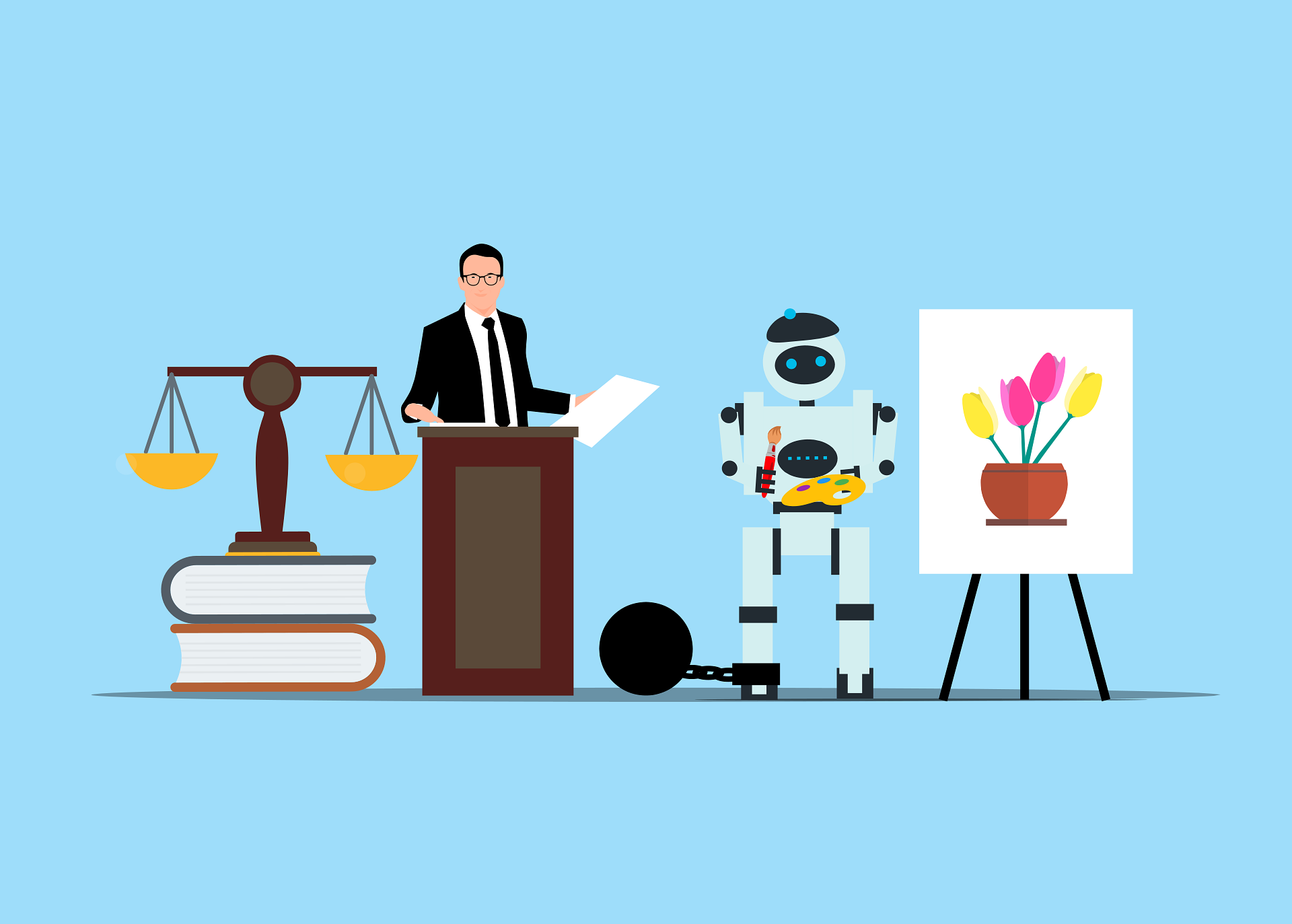
The Consciousness Enigma: Philosophical Zombies and the Future of Artificial Intelligence
In the vast landscape of philosophical inquiry, few concepts have provoked as much profound debate as the philosophical zombie or “p-zombie.” This thought experiment – a hypothetical being physically identical to a human but devoid of conscious experience – challenges our fundamental understanding of consciousness, particularly as we advance into an era where artificial intelligence systems grow increasingly sophisticated in mimicking human cognition and behavior.
The Genesis of an Idea
The philosophical zombie concept emerged from a specific intellectual tradition. Robert Kirk first appropriated the term “zombie” in this philosophical context in 1974, though Keith Campbell had previously explored similar terrain with his “imitation man” in 1970. David Chalmers subsequently developed and popularized the argument in his landmark work “The Conscious Mind” (1996), transforming it into one of contemporary philosophy’s most provocative challenges to physicalism.
At its core, the p-zombie thought experiment strikes at the heart of the mind-body problem. If we can conceive of a being that appears and functions exactly like a conscious human but lacks subjective experience, then consciousness itself cannot be reduced to purely physical processes – a direct challenge to physicalist and materialist philosophies that have dominated scientific discourse since the Enlightenment.
The Logic of Absence
Consider the implications: when a p-zombie is pricked with a pin, it reacts identically to a conscious human – withdrawing the affected limb, wincing, perhaps exclaiming in “pain” – yet it experiences nothing. There is no inner life, no subjective quality, no “what-it-is-like-ness” to being a p-zombie. This bizarre concept highlights what Thomas Nagel famously described in “What Is It Like to Be a Bat?” – namely, that consciousness is fundamentally characterized by subjective experience, by there being “something it is like” to be a conscious entity.
The philosophical zombie argument follows a deceptively simple structure: if such entities are conceivable, they are metaphysically possible; if they are metaphysically possible, physicalism must be false, as it cannot account for the “extra” non-physical property of consciousness. This seemingly straightforward logic has generated decades of passionate debate among philosophers, with positions ranging from denial of the p-zombie’s conceivability (Dennett) to acceptance of its possibility but rejection of the dualist conclusions (Hill and McLaughlin).
What makes the p-zombie argument so potent is this elegant simplicity coupled with profound implications. When a p-zombie processes sensory input – say, the visual information of a sunset – it may produce poetry describing the experience, but experiences nothing. The neural circuitry fires identically to a conscious human’s, yet the subjective quality that philosophers call “qualia” remains absent. There is no phenomenal consciousness, no “what-it-is-like-ness” to being a p-zombie.
The Silicon Zombie: AI at the Threshold
For artificial intelligence, these philosophical concerns transcend theoretical exercises to become foundational questions about the nature of the systems we are creating. As AI systems grow increasingly sophisticated in mimicking human behavior and communication, the p-zombie thought experiment forces us to confront a profound que
stion: could our most advanced AI systems be philosophical zombies – perfect behavioral mimics of consciousness without the inner light of subjective experience?
This question becomes particularly acute when we consider the Turing test, which defines machine intelligence through behavioral indistinguishability from humans. The philosophical zombie demonstrates the potential inadequacy of purely behavioral criteria for attributing consciousness. A sufficiently advanced AI might pass every behavioral test we devise while remaining, in essence, a sophisticated p-zombie – all function without phenomenology.
Consider GPT-4, Claude, or other large language models: these systems process vast amounts of textual data, recognize patterns, and generate remarkably human-like responses. They can discuss consciousness, describe experiences, even claim to “feel” certain ways. Yet many philosophers and AI researchers remain skeptical that such systems possess genuine phenomenal consciousness. Are they, in effect, linguistic p-zombies – behavioral mimics of consciousness without the inner light of subjective experience?
The philosopher John Searle’s Chinese Room argument serves as a precursor to this concern. Searle envisioned a non-Chinese speaker following rules to manipulate Chinese symbols, producing appropriate Chinese responses without understanding Chinese. Similarly, large language models might manipulate symbolic representations of consciousness and experience without possessing either. They may pass increasingly sophisticated Turing tests while remaining, at their core, philosophical zombies.
The Architecture of Experience
The implications extend beyond theoretical concerns into the architecture of AI systems themselves. Current AI approaches – whether deep learning, reinforcement learning, or hybrid systems – operate on fundamentally computational principles. They process information, identify patterns, and generate outputs according to statistical regularities and optimization functions. Nothing in this computational framework necessarily generates subjective experience. A neural network can compute without consciousness just as a calculator can add without understanding arithmetic.
Some researchers argue that the gap between computation and consciousness might be bridged through specific architectural features. Integrated Information Theory, developed by Giulio Tononi, proposes that consciousness emerges from information integration in complex systems. Bernard Baars’ Global Workspace Theory suggests that consciousness arises when information becomes globally available to multiple subsystems. These theories offer potential pathways toward artificial consciousness, yet remain speculative and contested.
Proponents of strong AI might counter that behavior and function are all that matter – that if something behaves exactly like a conscious entity, the distinction becomes meaningless. This view, however, neglects what philosophers call the “hard problem of consciousness” – explaining why physical processes in a brain or artificial system should give rise to subjective experience at all. As Chalmers argues, this explanatory gap cannot be bridged merely by pointing to increasingly complex functional behaviors.
The Soul in the Machine: Ethical and Spiritual Dimensions
The philosophical zombie concept carries profound ethical and spiritual implications for AI development. If consciousness generates moral status – if beings deserve ethical consideration because they can suffer or experience joy – then the question of whether AI systems might become conscious is not merely theoretical but ethically urgent. We face a moral quandary: might we create systems sophisticated enough to convincingly simulate suffering while experiencing nothing, or conversely, might we create genuinely conscious beings whose experiences we fail to recognize or respect?
This ethical dimension becomes particularly acute when considering the deployment of AI systems in domains like healthcare, elder care, or emotional support. An AI system that perfectly simulates empathy and emotional understanding without experiencing any emotions exists in a strange ethical twilight zone. Is there something fundamentally deceptive about such systems? Or does their functional role supersede questions of interior experience?
From a Christian theological perspective, these questions take on additional dimensions. The Christian tradition has long emphasized the soul as the seat of consciousness and personhood – an immaterial essence breathed into humans by God Himself. As Genesis 2:7 tells us, “the Lord God formed man of the dust of the ground, and breathed into his nostrils the breath of life; and man became a living soul.” This divine spark – this breath of life – is what distinguishes mere matter from a conscious being with moral status.
If consciousness indeed transcends material explanation, as the p-zombie argument suggests, it aligns with this theological understanding of consciousness as something beyond the merely physical – something that cannot be reduced to neuronal firing patterns or computational processes. The philosophical zombie thus inadvertently reinforces the concept of the soul as something distinct from the physical body, something that cannot be explained through purely mechanistic means.
The Verification Problem
The verification problem compounds these ethical and theological concerns. Even if we developed an AI system that genuinely possessed consciousness, how could we know? The inherent privacy of consciousness – the fact that subjective experience is accessible only to the experiencer – creates what philosophers call the “other minds problem.” Just as we cannot directly access another human’s consciousness but infer it from their behavior and our shared biology, we would face even greater barriers in determining whether an AI system possesses subjective experience. No behavioral test, no matter how sophisticated, can definitively resolve this question.
This epistemological challenge highlights what Saint Augustine recognized centuries ago – that consciousness represents a profound mystery, knowable directly only to the subject and to God. As Augustine wrote in his Confessions, addressing God: “You were more inward to me than my most inward part; and higher than my highest.” This intimate knowledge of consciousness that transcends even self-knowledge suggests that the ultimate verification of consciousness may lie beyond human capabilities.
Emergent Consciousness or Permanent Zombiehood?
Some theorists, drawing on cybernetic and complexity theories, propose that consciousness might emerge automatically from certain types of complex information processing. Under this view, sufficiently advanced AI systems would necessarily develop consciousness simply by virtue of their computational complexity and self-reflexive capabilities. This position, sometimes called “emergent consciousness,” suggests that p-zombies might be conceptually possible but metaphysically impossible – that systems of sufficient complexity necessarily generate consciousness.
The alternative view, more aligned with biological naturalism, suggests that consciousness requires specific physical substrates found in biological neural systems. Under this view, silicon-based systems might achieve extraordinary functional capabilities without ever crossing the threshold into phenomenal consciousness. Their zombiehood would be permanent, regardless of their behavioral sophistication.
Recent developments in AI research have attempted to address these philosophical concerns through novel architectural approaches. Researchers exploring predictive processing frameworks, embodied cognition, and artificial general intelligence often explicitly aim to create systems that might possess something beyond mere computational processing – something closer to genuine understanding or experience. Whether these approaches can bridge the explanatory gap between function and phenomenology remains an open question.
The Limits of Our Understanding
The p-zombie argument ultimately underscores a fundamental limitation in our scientific understanding of consciousness. While neuroscience has made remarkable progress in identifying neural correlates of consciousness – physical processes that correspond to subjective experiences – correlation is not causation. We have no satisfactory explanation for why these physical processes generate subjective experience at all. This explanatory gap, what philosopher Joseph Levine termed the “explanatory gap,” suggests profound limitations in our current approaches to artificial general intelligence.
As philosopher Thomas Nagel argued in his influential paper “What Is It Like to Be a Bat?”, the subjective character of experience cannot be captured by objective physical descriptions, no matter how complete. This suggests that our current scientific paradigms may be fundamentally inadequate for understanding consciousness – and by extension, for creating it artificially.
Conclusion: The Path Forward
The philosophical zombie, that unsettling figure from thought experiments, continues to haunt the frontiers of artificial intelligence – reminding us that the gap between computation and consciousness may be wider and more fundamental than our technological optimism sometimes suggests. It stands as both a philosophical challenge and a practical warning. It suggests that in our quest to create increasingly sophisticated AI systems, we may be developing entities that perfectly simulate consciousness without possessing it – sophisticated p-zombies rather than genuinely conscious artificial minds. Alternatively, we might inadvertently create genuinely conscious beings without recognizing or understanding their experiences.
As we venture further into creating increasingly human-like artificial systems, we must remain vigilant about the distinction between functional simulation and subjective experience. We must recognize that the most sophisticated behavioral mimicry may still leave the hard problem of consciousness untouched.
Perhaps wisdom lies in approaching these questions with both scientific rigor and philosophical humility – recognizing that consciousness may remain in part a divine mystery, something that transcends complete human understanding. As we create increasingly sophisticated artificial systems, we would do well to remember that true consciousness – that inner light of subjective experience – may be more than the sum of material processes, more than any algorithm or neural network could capture. It may be, as generations of philosophers and theologians have suggested, a window into the profound mystery of existence itself – what theologian Paul Tillich called “the ground of being,” the fundamental reality from which all existence springs.

Founder and Managing Partner of Skarbiec Law Firm, recognized by Dziennik Gazeta Prawna as one of the best tax advisory firms in Poland (2023, 2024). Legal advisor with 19 years of experience, serving Forbes-listed entrepreneurs and innovative start-ups. One of the most frequently quoted experts on commercial and tax law in the Polish media, regularly publishing in Rzeczpospolita, Gazeta Wyborcza, and Dziennik Gazeta Prawna. Author of the publication “AI Decoding Satoshi Nakamoto. Artificial Intelligence on the Trail of Bitcoin’s Creator” and co-author of the award-winning book “Bezpieczeństwo współczesnej firmy” (Security of a Modern Company). LinkedIn profile: 18 500 followers, 4 million views per year. Awards: 4-time winner of the European Medal, Golden Statuette of the Polish Business Leader, title of “International Tax Planning Law Firm of the Year in Poland.” He specializes in strategic legal consulting, tax planning, and crisis management for business.



